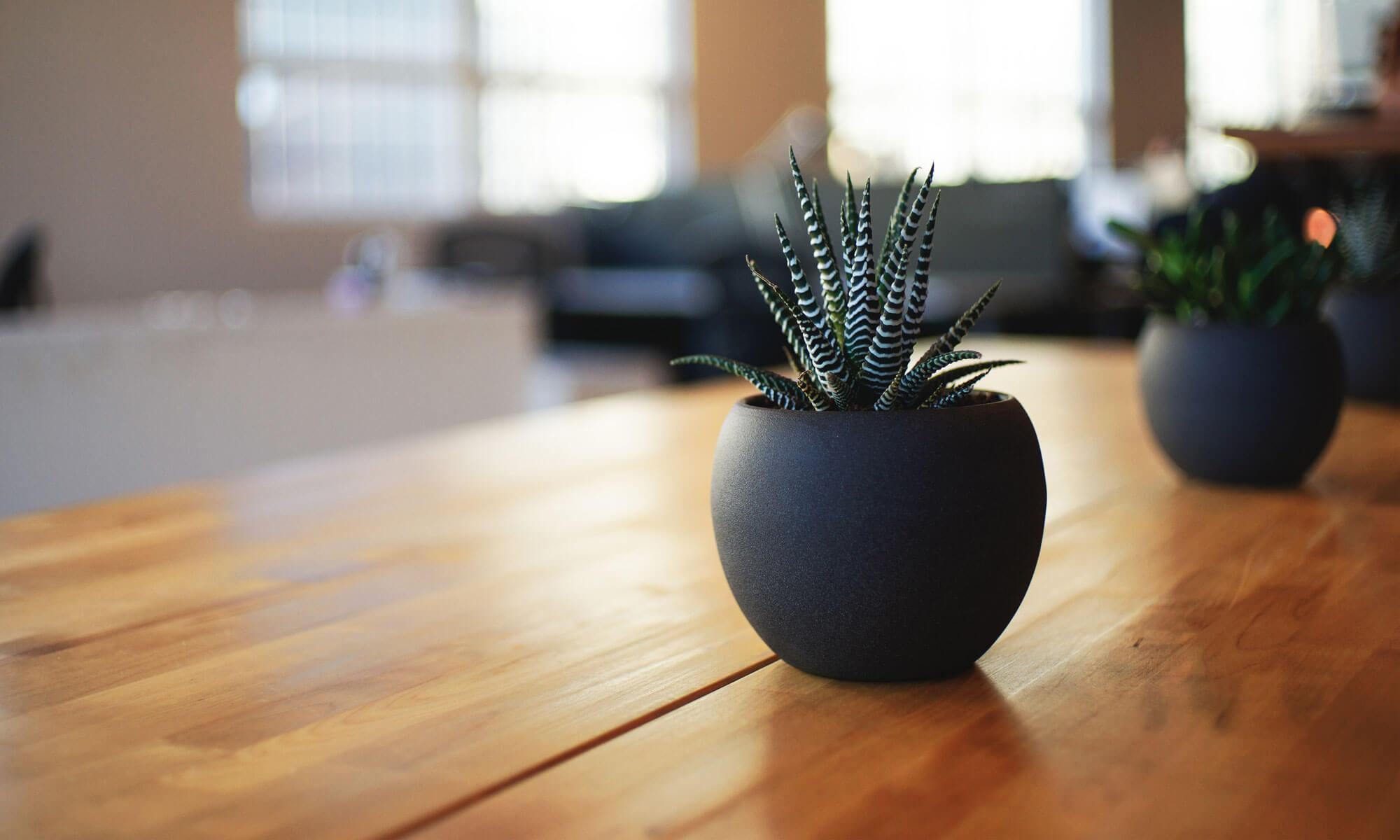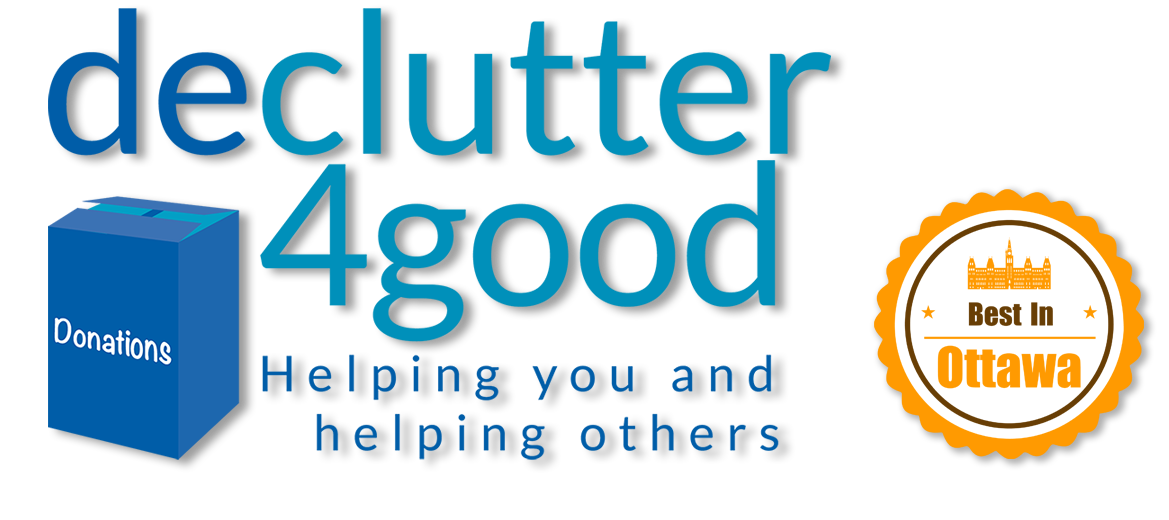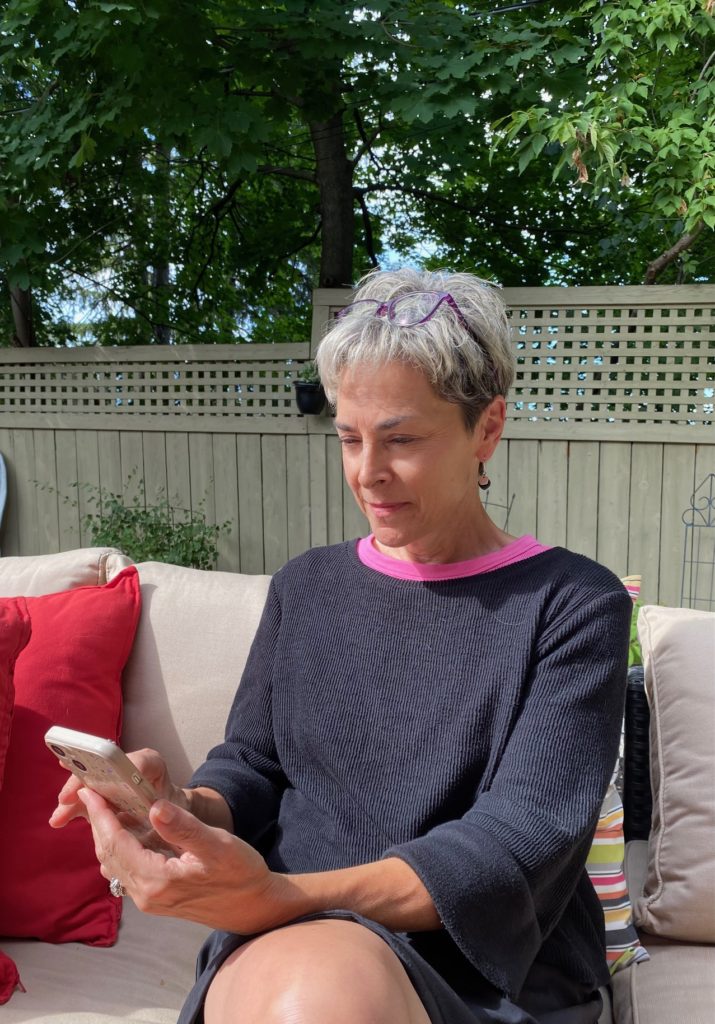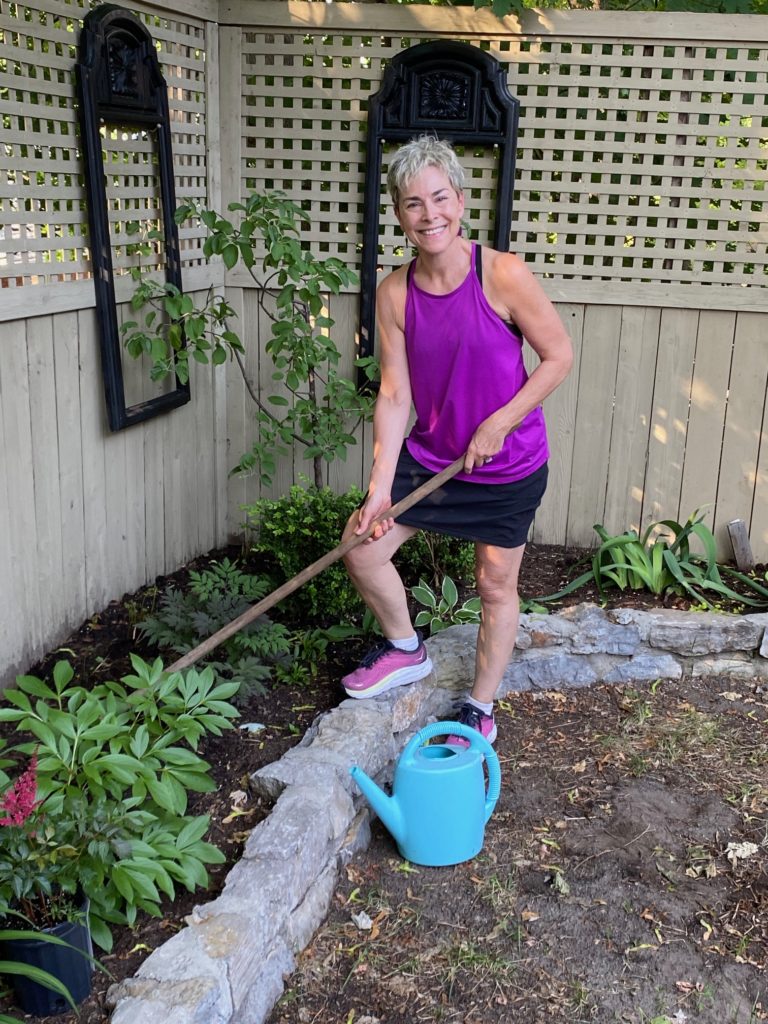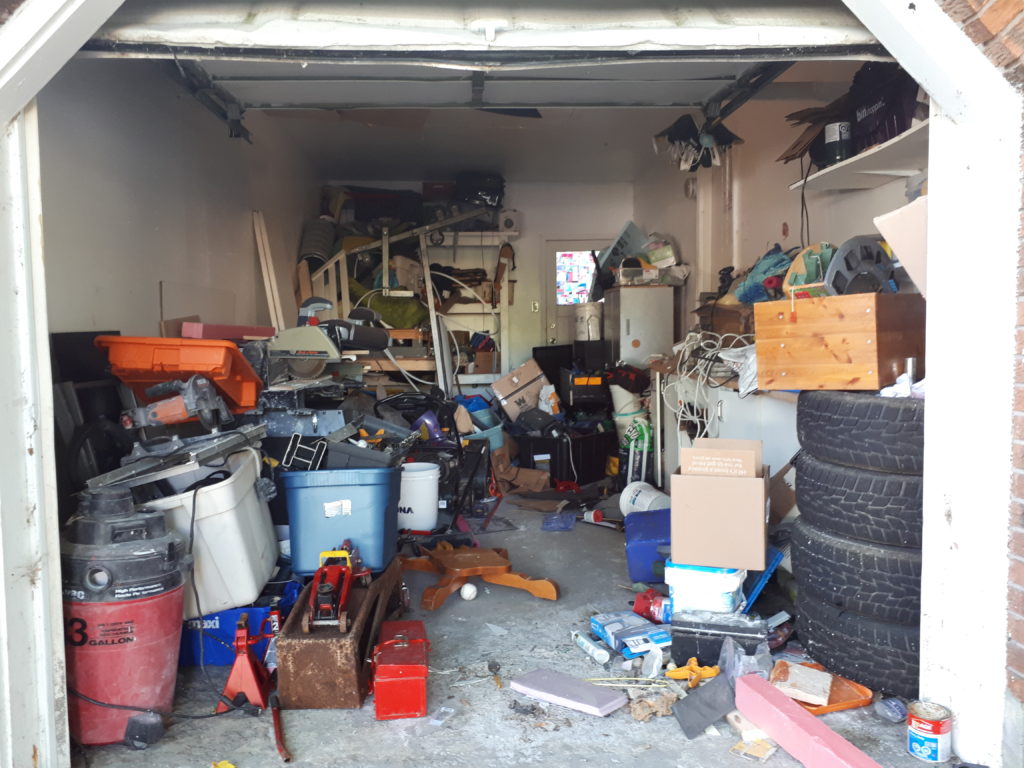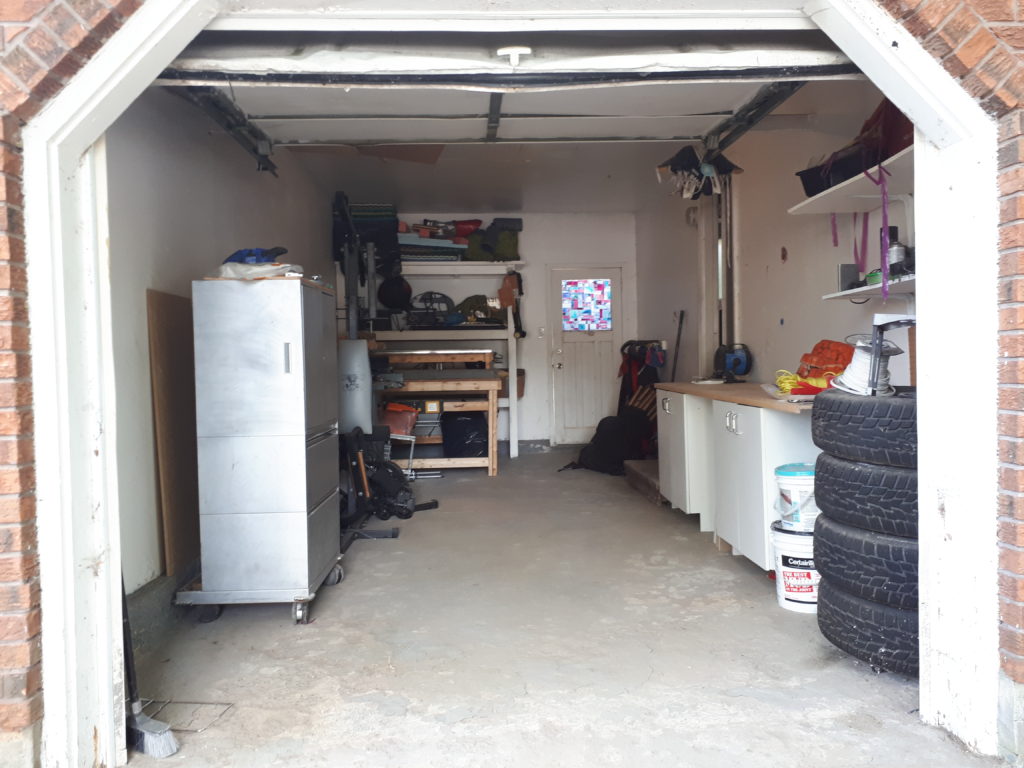(featured in OSCAR and Glebe Report December 2023 editions)
With so many holiday decor and decoration items available at this time of year, it’s hard
not to buy a few more items for your tree, your tabletop, your front door or your yard.
Often in our excitement for that ‘new’ holiday item we forget that we already had a similar
one or we realize that we now have so much decor, we have run out of room to display it
all.
Here are a few tips and tricks that might help you to declutter and organize your holiday
decor and decorations this year:
Unpack first and buy second:
-Wait until you have unpacked your current holiday decor and decorations so that you
have a better idea of the categories and the volume of each category (ie. lights,
ornaments, tabletop items, outdoor decor, etc).
-By seeing the types of items you have and the volume per category, you can then pare
items down accordingly based on the available space you have to display those items.
-For any excess items, you can donate them and add them to someone else’s holiday
season.
What truly brings you joy now:
-Over the years you’ve probably amassed lots of holiday decorations and decor. Some of
these items may no longer bring you joy (i.e. ornament from an old boyfriend). Perhaps
some of the items are outdated. Or you may realize that you have too many of a certain
category (i.e. all your adult daughter’s grade school popsicle stick ornaments).
-For ‘sentimental items’ that you no longer want, check with your children, other family
members or friends to see if they’d like to add them to their holiday collection. If they do
then you can create a labelled box of these items and include a dated note with a bit of
the history that surrounds these items (especially if they are a family heirloom).
-Keep your treasures and those you have an emotional tie to but consider taking a photo
of the other less meaningful items so you can keep the memory but let the item go.
Check functionality:
-Determine which items work (ie. electrical, musical). Take the time to repair those that
you want to keep and let go of those that cannot be repaired.
-You can check out the City of Ottawa Waste Explorer site to find out how to dispose of
these items.
Rotate Decor each year:
-If you have an excess of decor and decorations you may want to consider rotating your
decor each year (ie one year you use the silver decor and the following year you use the
red decor).
-If you find that you are often passing over certain items each year instead of displaying
them, donate those items or gift them to someone else.
Packing up your decor and decorations for next year:
-Use clear bins and store ‘like with like’ in them. And label each bin (ie. lights, tree decor,
table decor, etc). Labelled, clear bins make it easier to see what you have and access
those items more readily.
As wonderful as the holiday season is, the reality is that we live in a time of tremendous
consumerism due to products being easily manufactured, marketed and sold on an
enormous scale (and delivered to your door the next day).
We also live in a world where our planet is suffering from excess so determine what you
have before you buy and then donate, gift or responsibly discard those items that are no
longer meaningful to you. By doing so, you can truly add to the health of our planet,
keep items out of landfills and help others less fortunate who will no doubt have a better
holiday this season because of you. And in the end, isn’t that the true spirit of the holiday
season?
